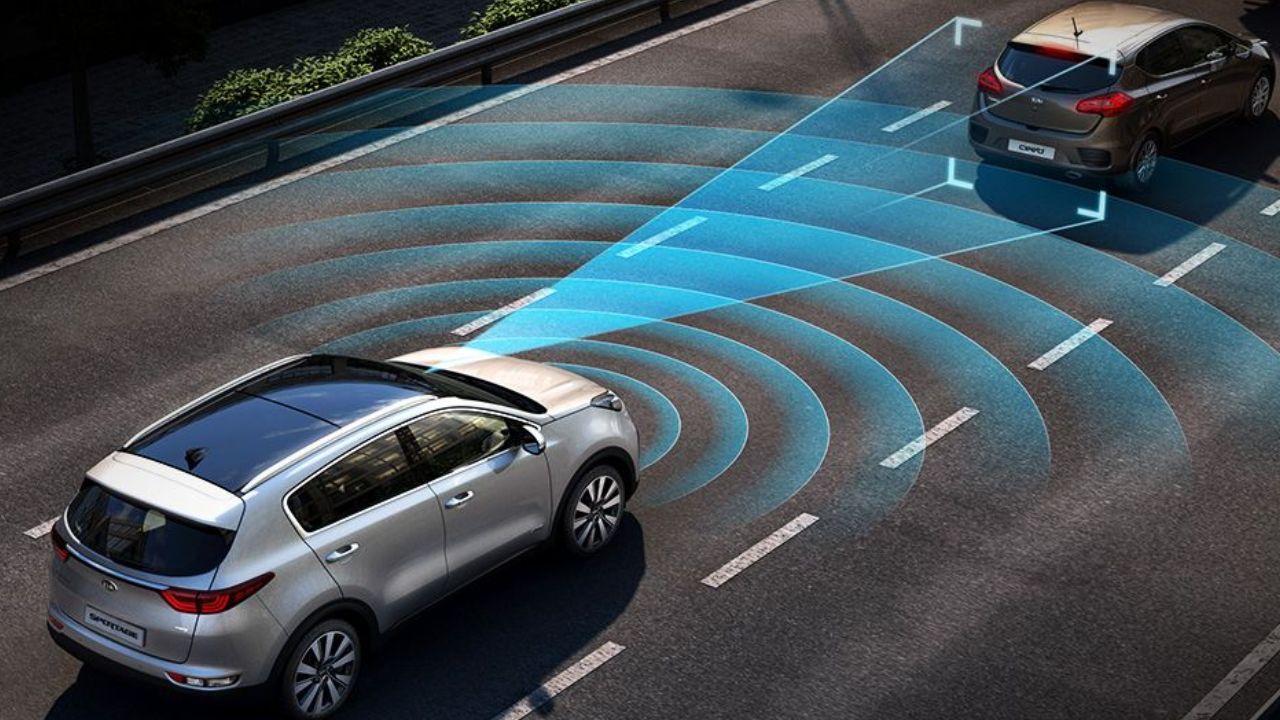Picture this: you’re cruising down the highway when your car’s dashboard suddenly lights up with a friendly warning – “Pothole ahead, alternate route suggested.” No more surprise encounters with road craters that send your coffee flying and your wallet crying. This isn’t science fiction anymore; it’s what General Motors is cooking up in their innovation labs.
The Problem We All Know Too Well
Every driver has been there. You’re having a perfectly good day until WHAM – you hit a pothole so deep it feels like your car just discovered a new dimension. Your steering wheel jerks, your teeth rattle, and you immediately start worrying about your alignment, your tires, and your bank account.
American roads aren’t exactly winning any beauty contests these days. The American Society of Civil Engineers recently handed our nation’s infrastructure a “C” grade – which sounds generous when you’ve just watched your hubcap roll away after meeting an unexpected road crater. We’re talking about hundreds of thousands of miles of damaged pavement that seem to multiply faster than we can fix them.
The real kicker? Road damage to vehicles costs American drivers billions of dollars annually in repairs. From bent rims to suspension damage, these road hazards are basically invisible taxes on everyone who dares to drive.
GM’s Game-Changing Solution
What if your car could see trouble coming before you do? That’s exactly what GM is working toward with their latest patent application, filed with the US Patent and Trademark Office. Think of it as giving your vehicle a crystal ball for road conditions.
Here’s how this clever system works: your car becomes a rolling road inspector, using an array of sensors and cameras to constantly monitor what’s happening beneath your wheels. As you drive, the system tracks everything from how much your suspension moves to how your wheels respond to different surfaces. It’s like having a professional road engineer riding shotgun, except this one never gets tired and works 24/7.
The really smart part? All this data doesn’t just stay in your car. Through telematics and GPS technology, your vehicle shares this information with a central system that builds a comprehensive picture of road conditions across entire regions.
Your Personal Road Condition Assistant
Real-time warnings make all the difference. Imagine getting a heads-up about that massive pothole around the corner, or being alerted to standing water that could cause dangerous hydroplaning. The system doesn’t just collect data – it actively looks out for your safety and your car’s wellbeing.
When the technology detects problematic road conditions ahead, it can automatically suggest alternate routes through your navigation system. No more playing Russian roulette with your suspension every time you take an unfamiliar route.
But here’s where it gets even better: the system creates something called a “Road Maintenance Score” for different stretches of pavement. Think of it like a report card for roads. When a section scores poorly enough, the system can automatically notify local authorities that immediate attention is needed.
Beyond Individual Benefits: Community Impact
This technology could transform how we maintain our roads. Instead of waiting for enough people to complain about a particular pothole, maintenance crews could receive real-time data about where problems are developing. It’s like having thousands of quality inspectors constantly monitoring road conditions and reporting back to the people who can actually fix things.
The integration potential with GM’s Super Cruise system is particularly exciting. With 750,000 miles of roadways already mapped for their autonomous driving features, adding real-time road condition data could create the most comprehensive road intelligence network we’ve ever seen.
The Technology Behind the Magic
So what exactly makes this system tick? The patent describes a sophisticated network of sensors that monitor suspension displacement, wheel rotation patterns, and vehicle vibrations. These aren’t just simple accelerometers – we’re talking about precision instruments that can distinguish between normal road texture and actual damage.
The camera systems work in tandem with these sensors, providing visual confirmation of road issues. This dual approach means the system can differentiate between a rough but safe road surface and an actual hazard that could damage your vehicle.
All this data processing happens in real-time, which means warnings and route suggestions come when you can actually do something about them. There’s no point in learning about a pothole after you’ve already hit it.
What This Means for Your Daily Drive
The practical benefits extend far beyond avoiding potholes. This technology could help you:
- Reduce unexpected vehicle repair costs significantly
- Plan safer routes during severe weather conditions
- Avoid getting stuck in areas with poor road conditions
- Contribute to better community infrastructure without any extra effort
For families, this means fewer surprise trips to the mechanic and more predictable transportation costs. For businesses with vehicle fleets, it could mean substantial savings in maintenance and downtime.
Looking Toward the Future
This road detection system represents just one piece of GM’s broader vision for smarter, safer transportation. The company has also filed patents for road rage detection systems and automatic headlight glare reduction technology. It’s clear they’re thinking holistically about the driving experience.
While these technologies are still in the patent stage and haven’t reached production vehicles yet, the potential impact on daily transportation is enormous. We’re looking at a future where cars don’t just react to road conditions – they anticipate them.
The combination of real-time road intelligence, predictive routing, and community-wide data sharing could fundamentally change how we think about road maintenance and vehicle safety. Instead of reactive repairs, we could move toward predictive maintenance that keeps roads in better condition for everyone.
